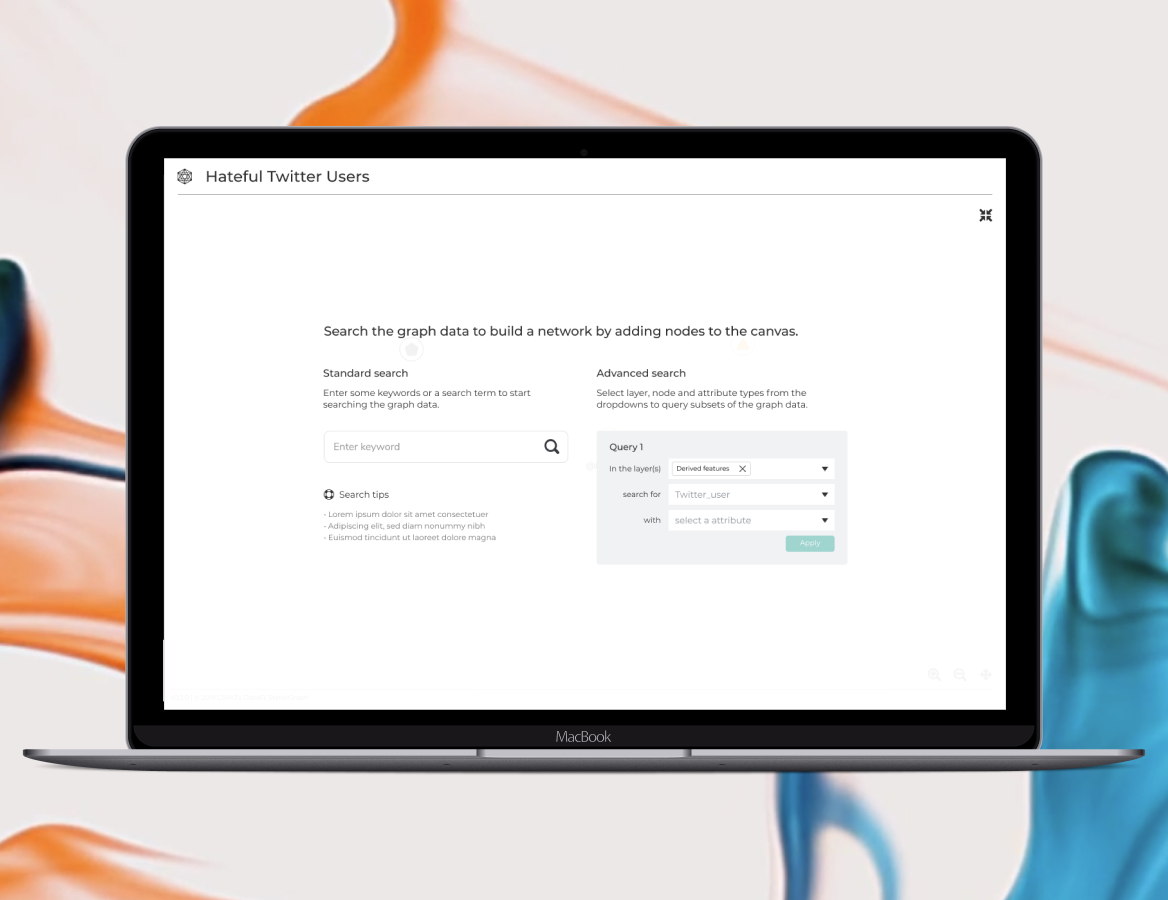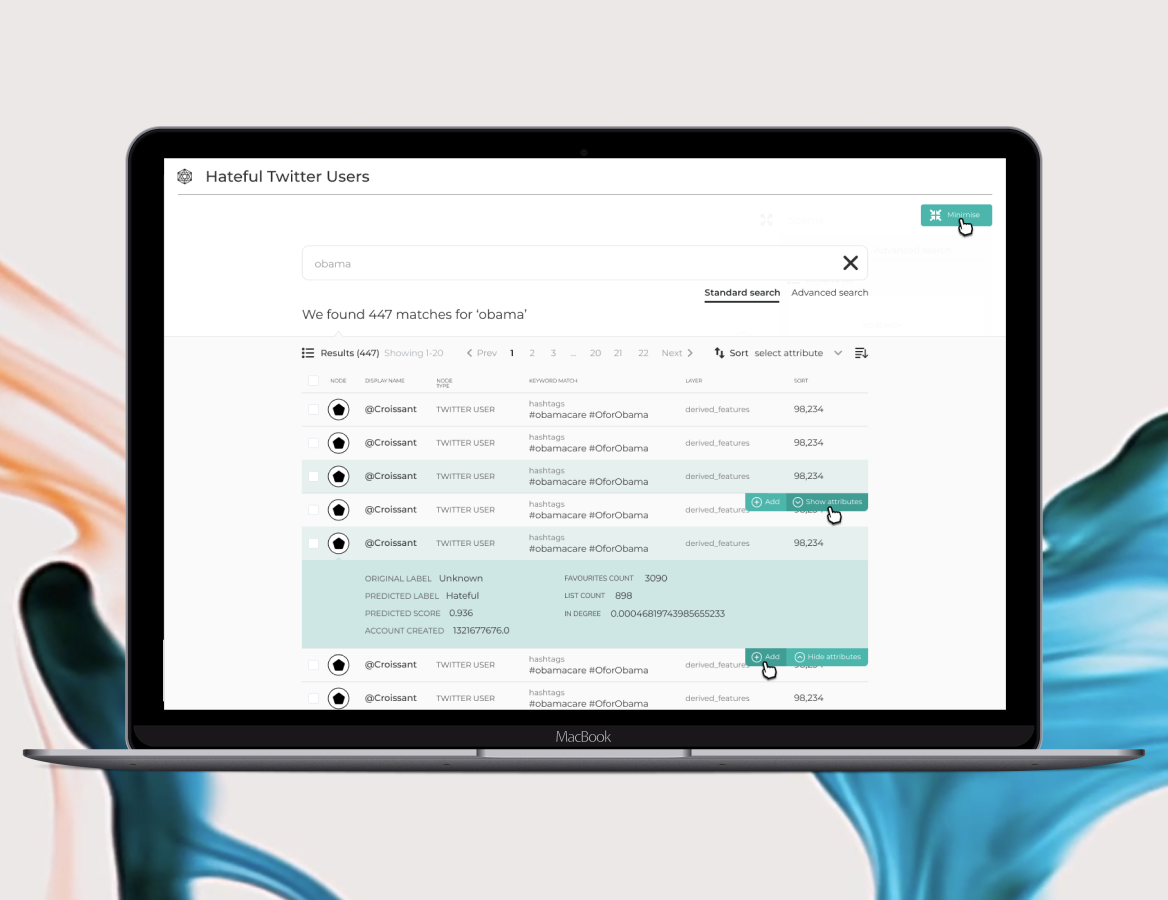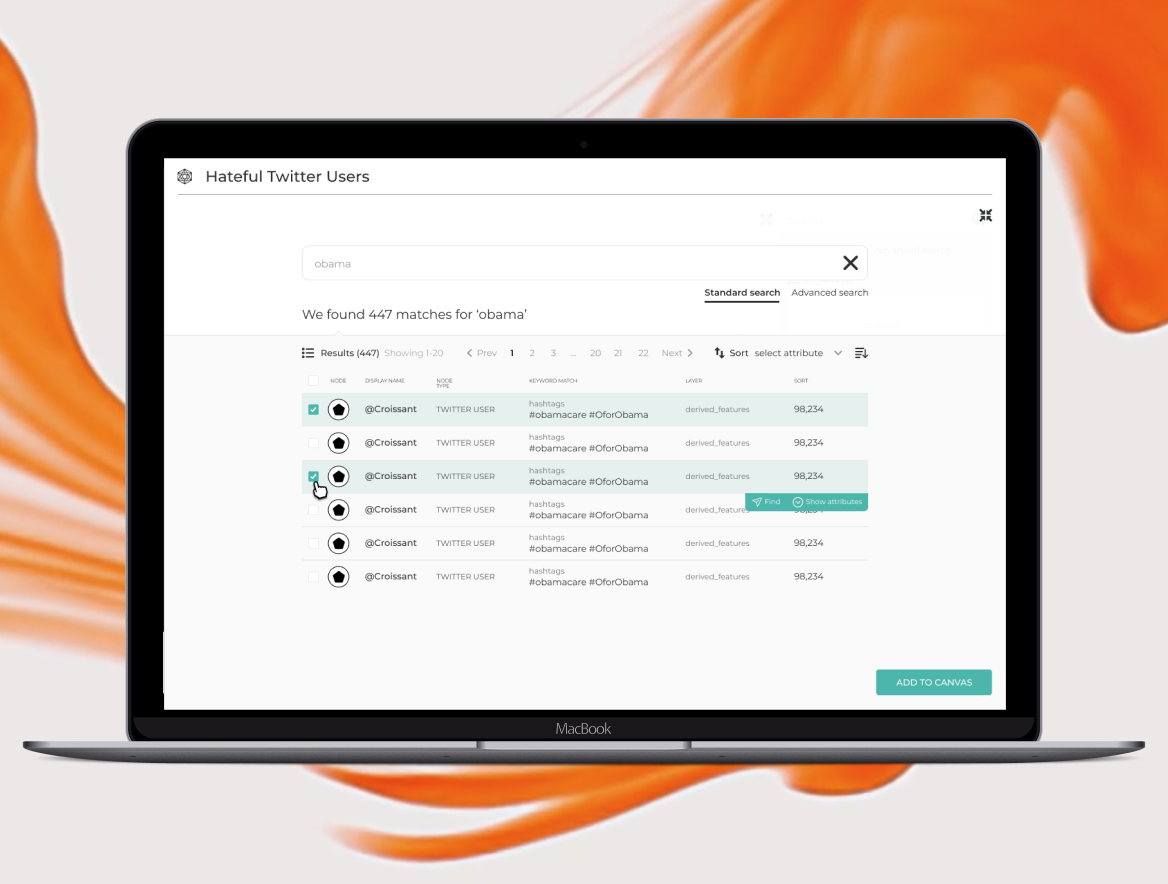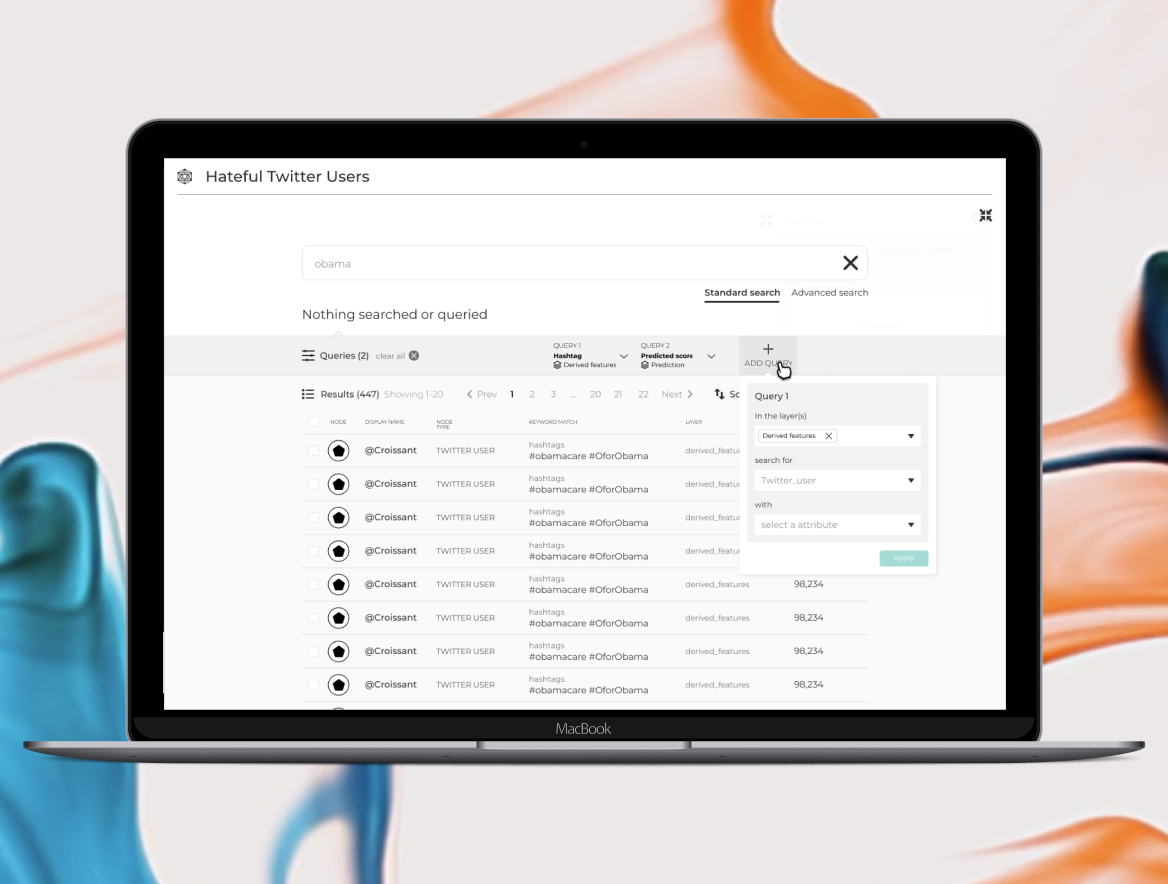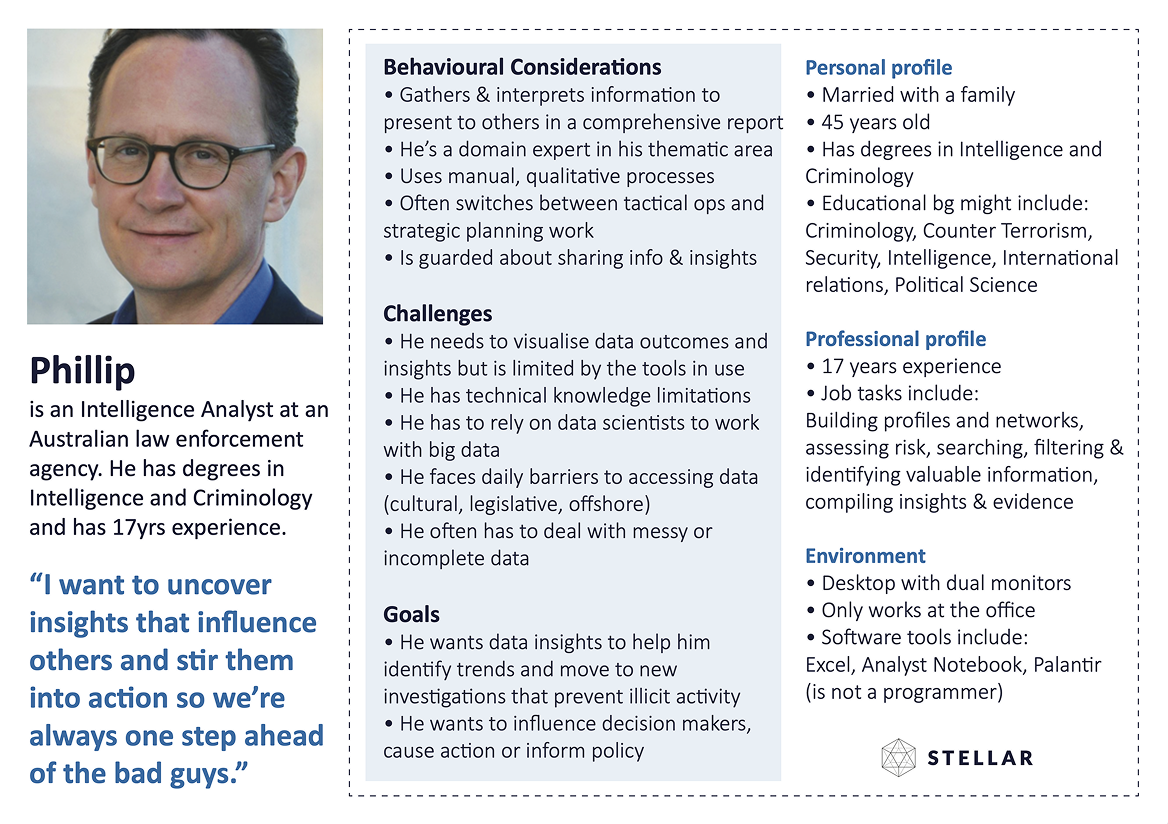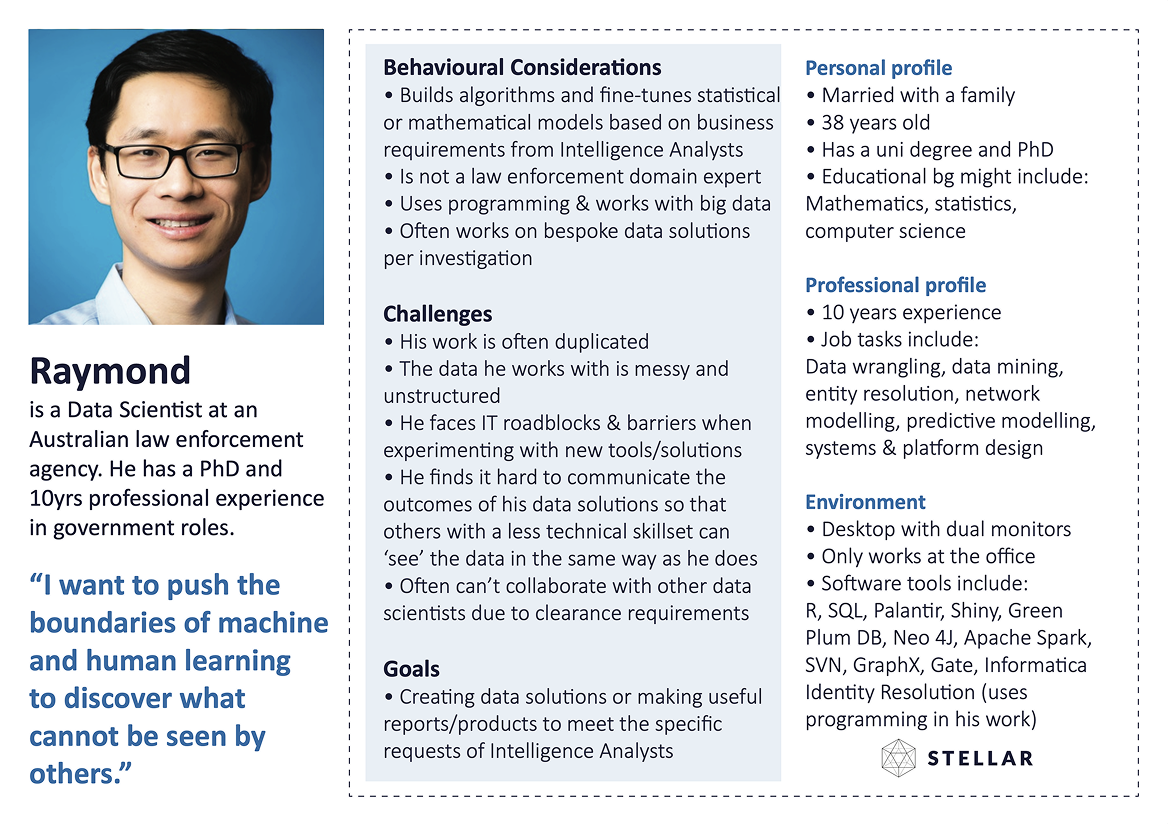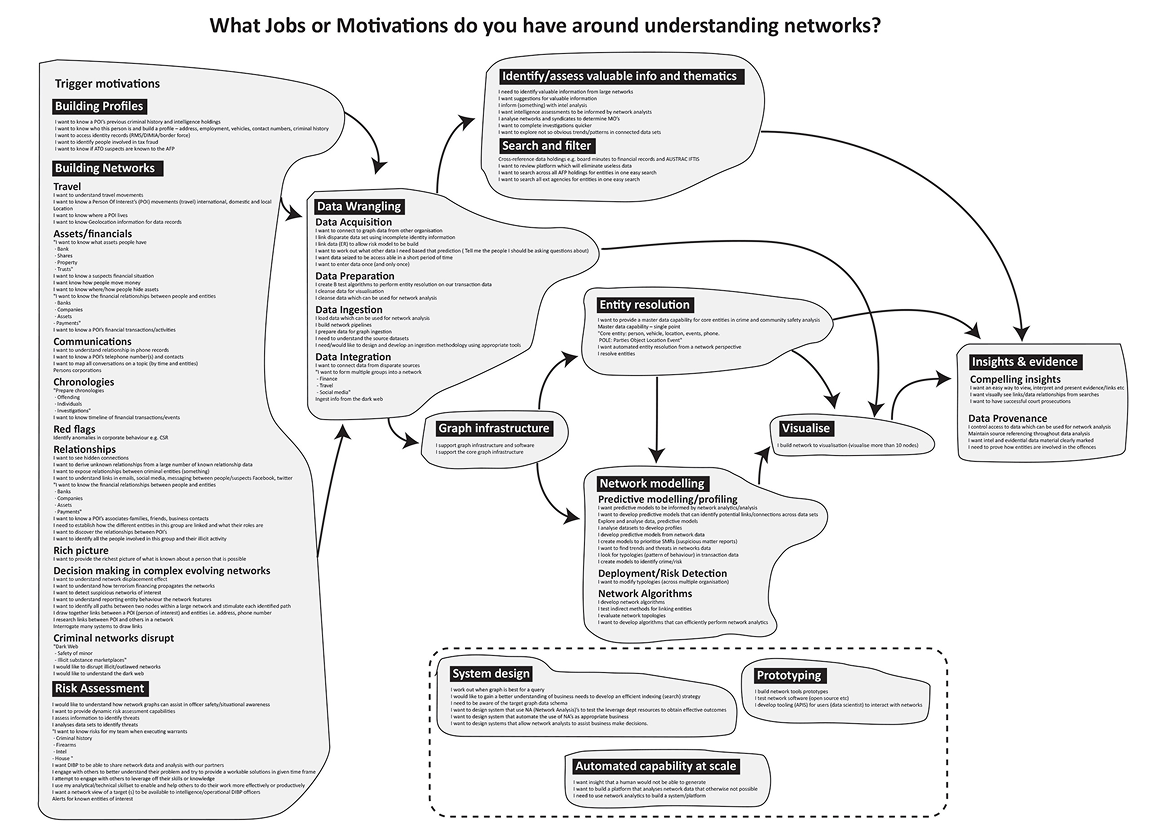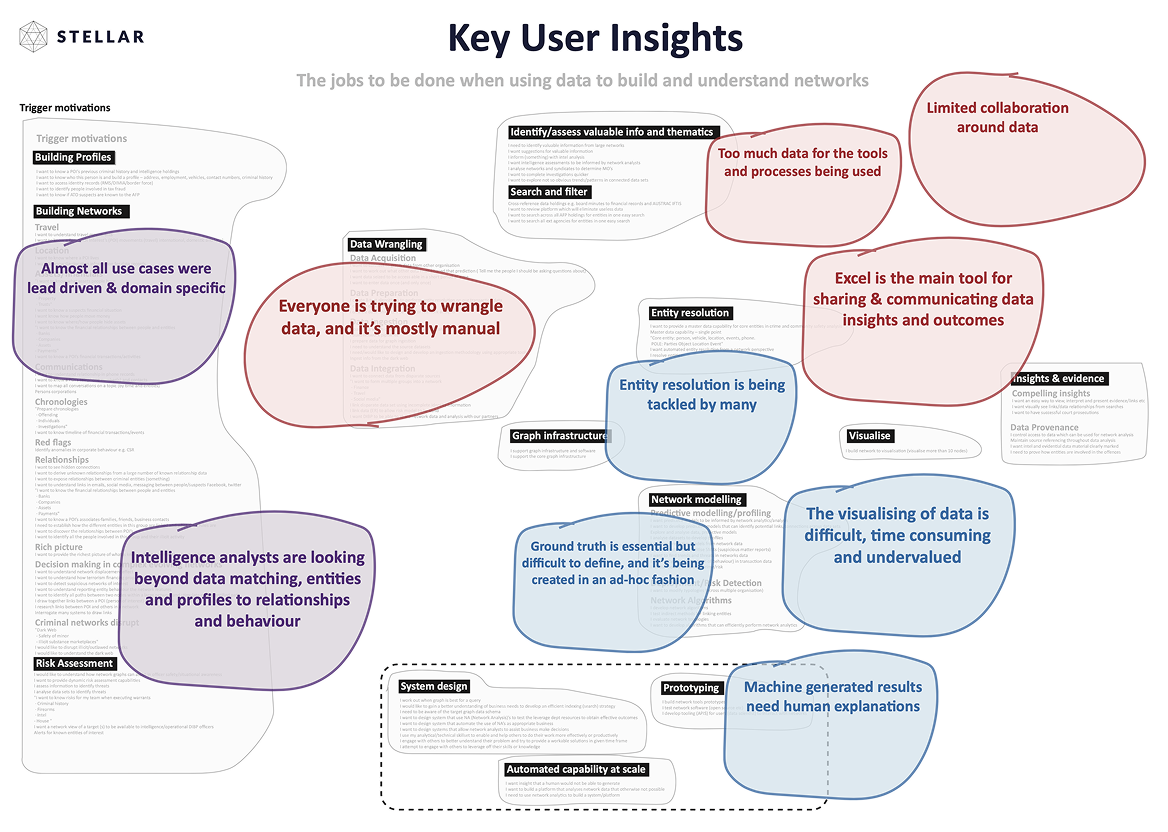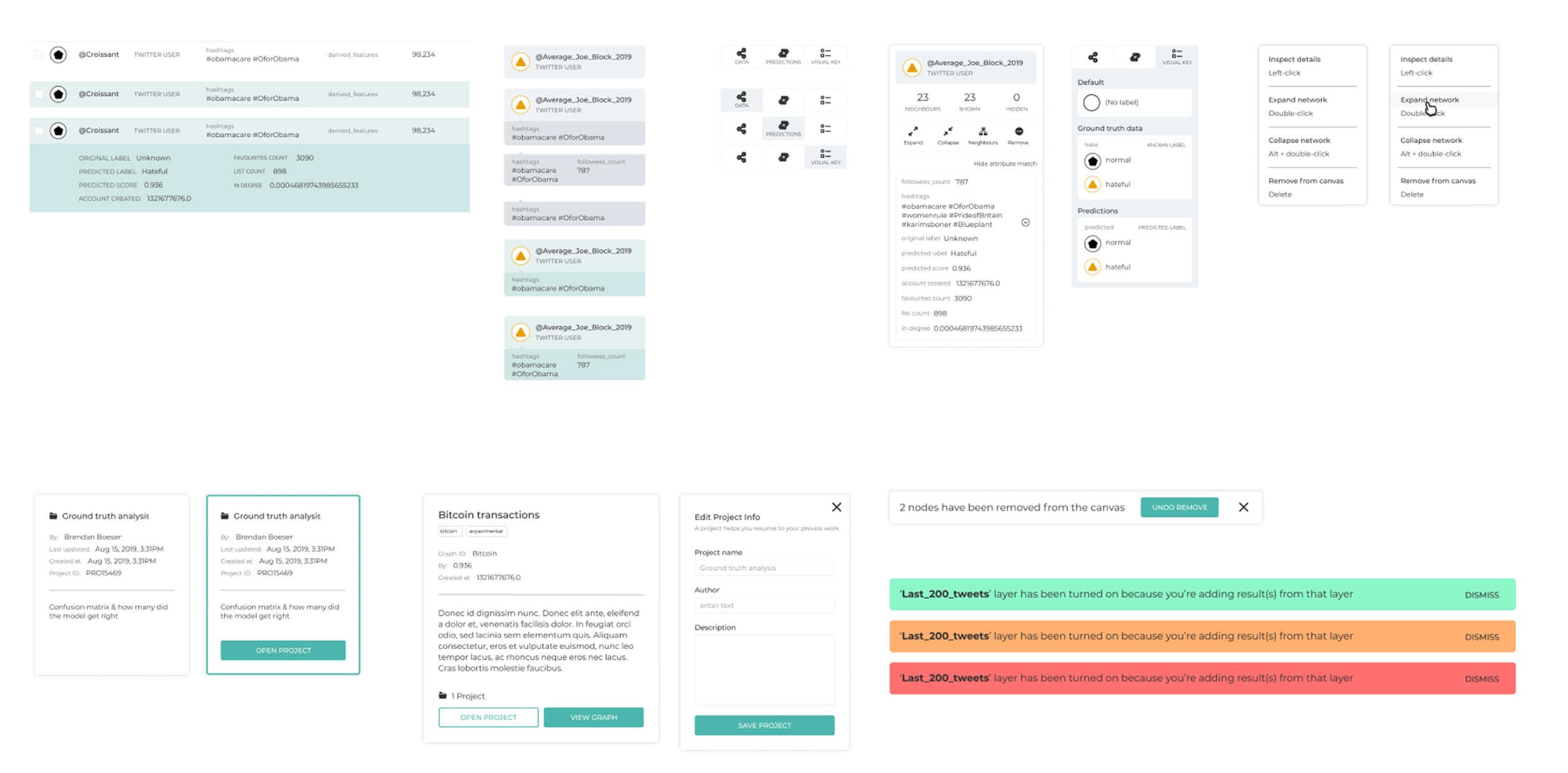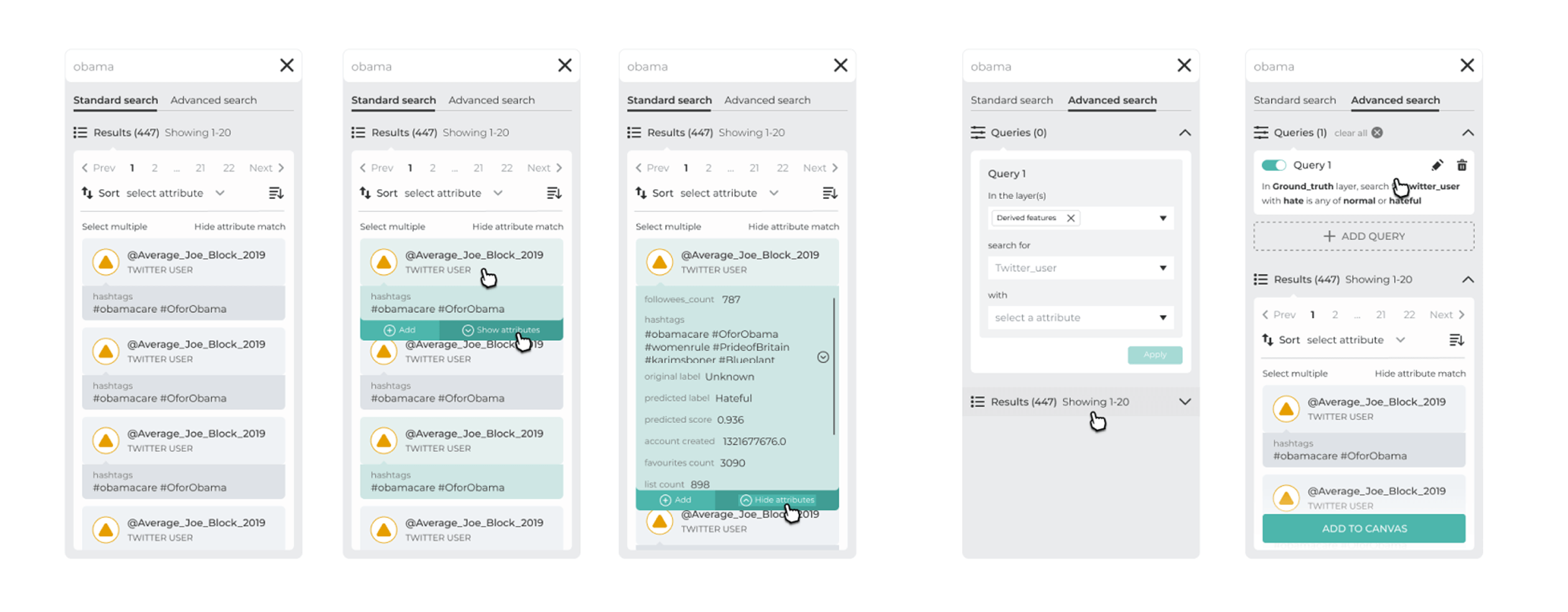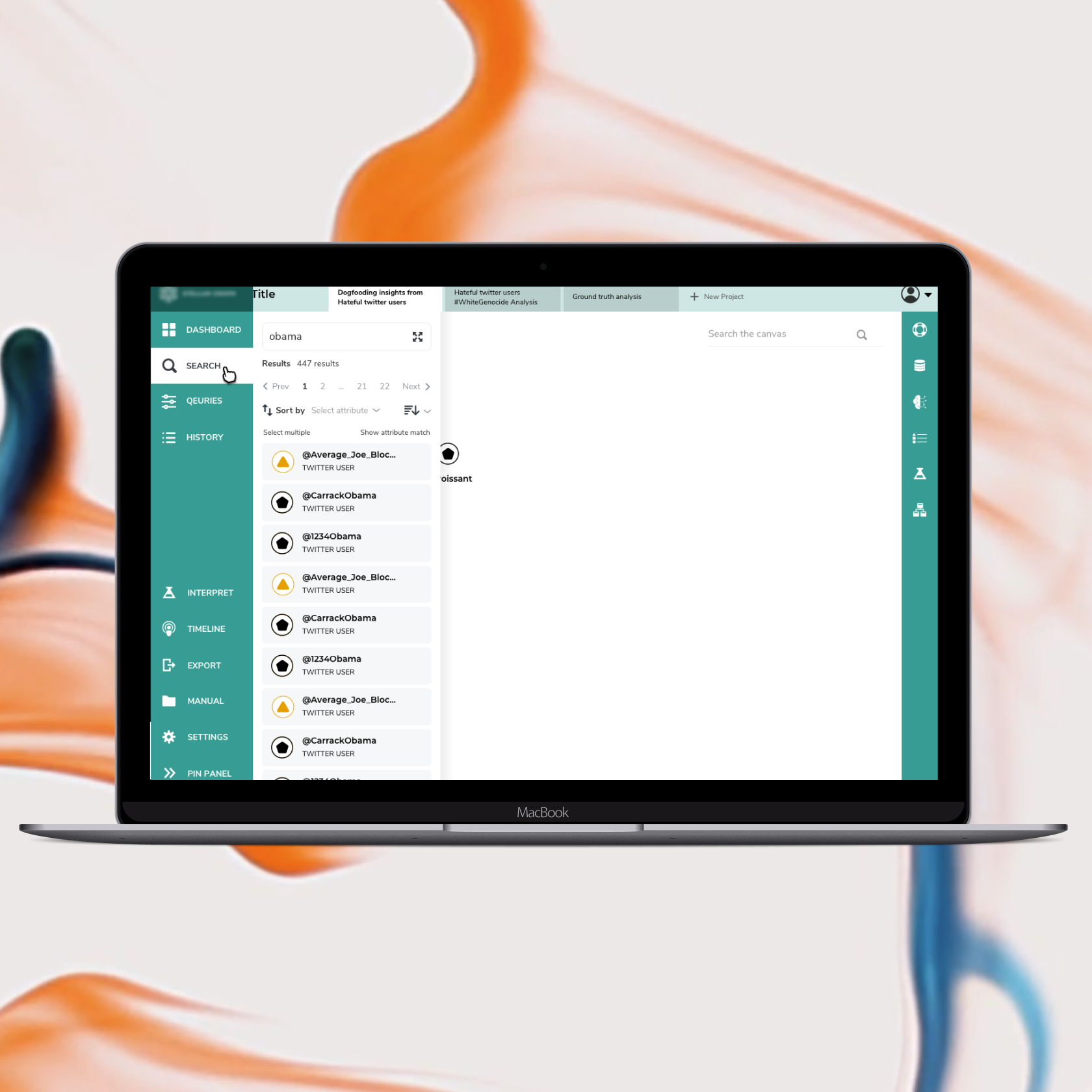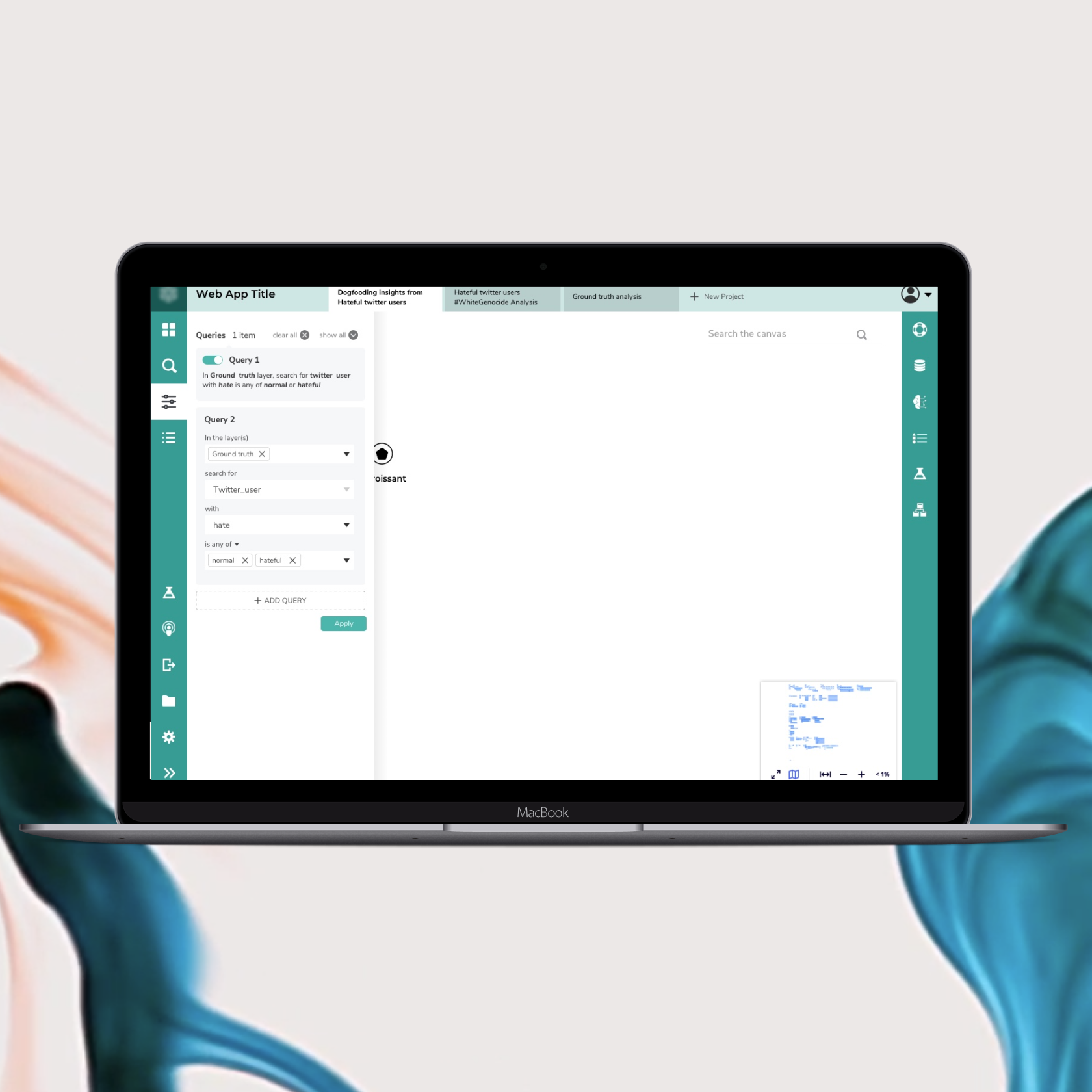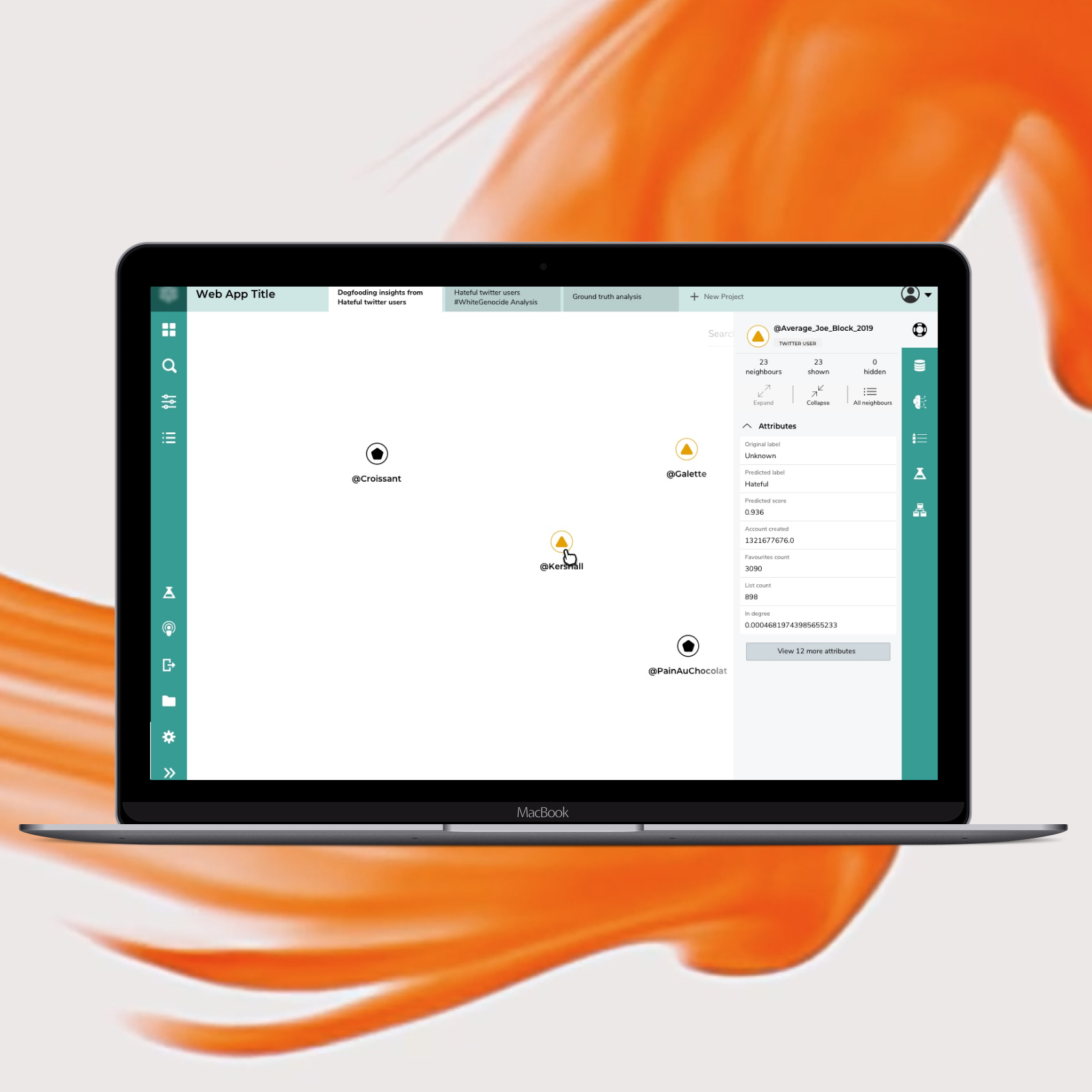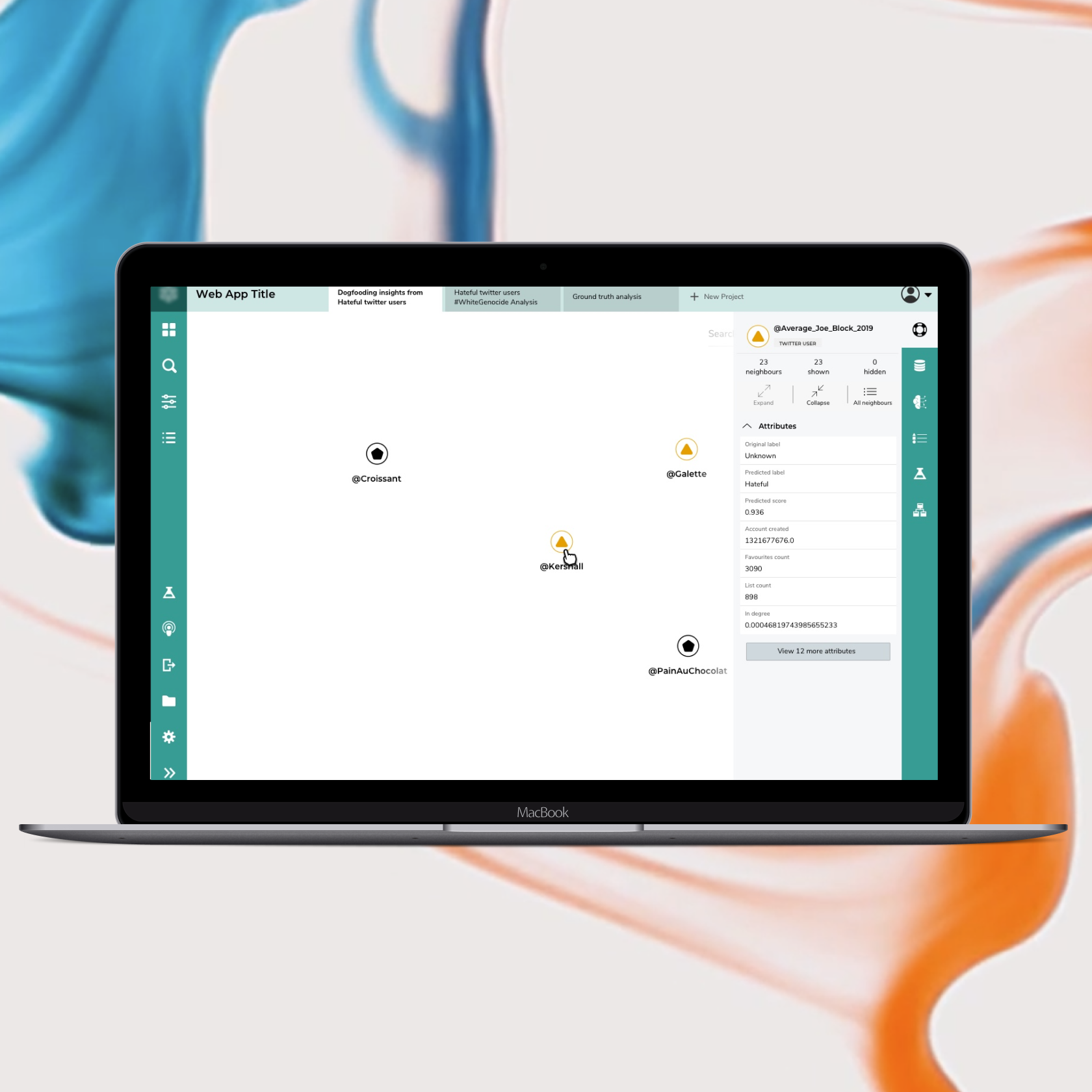Within Figma I created collapsible filter panels, contextual legends, and standardised node states to ensure visual consistency across the application. Each component was built as a nested, variant-driven asset so product teams could toggle properties without duplicating frames. I then linked the screens into an interactive prototype that used Smart Animate, timed micro-interactions, and gentle easing curves, allowing researchers to preview hover, focus, and multi-selection behaviours in a way that closely mirrors the final coded experience.

